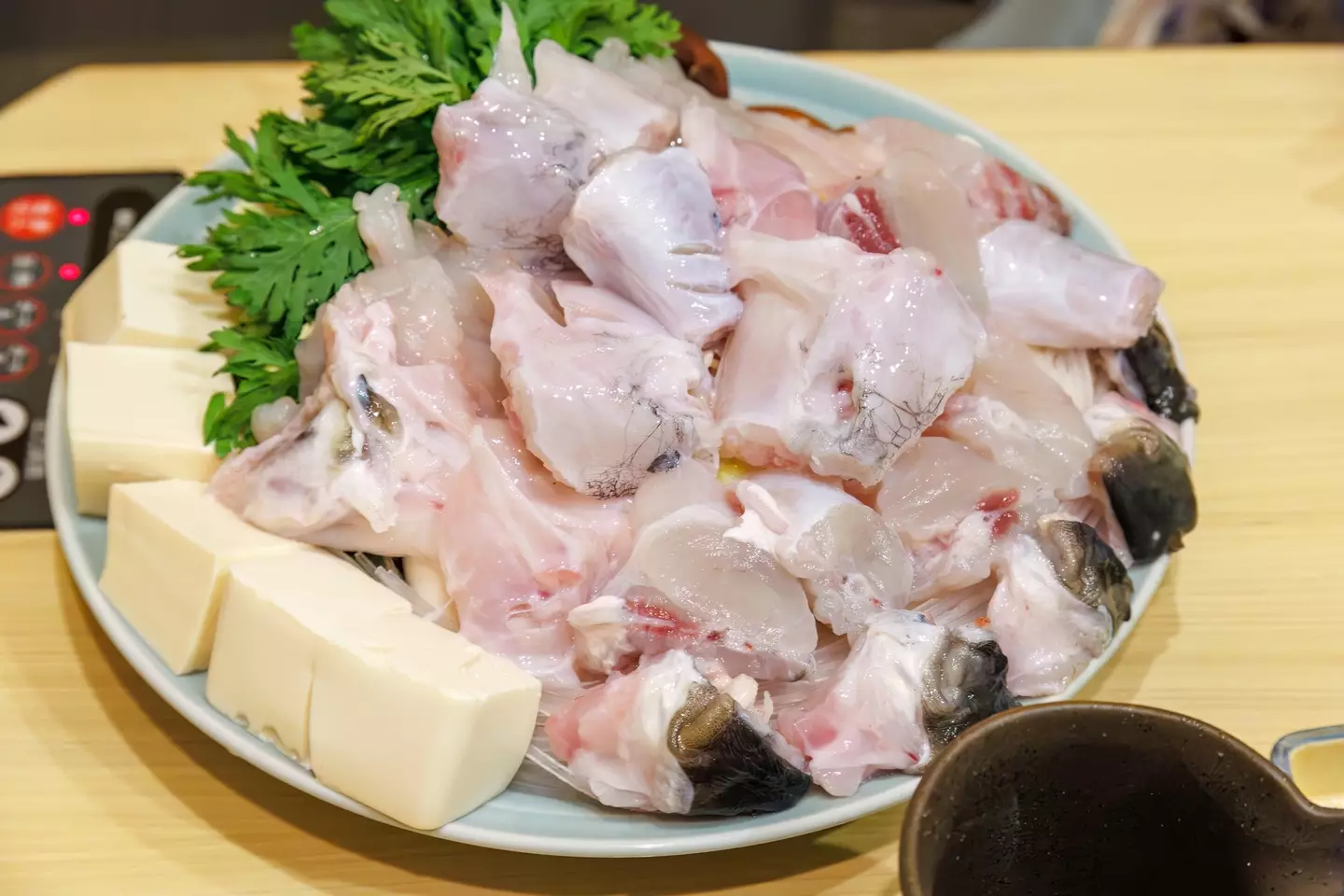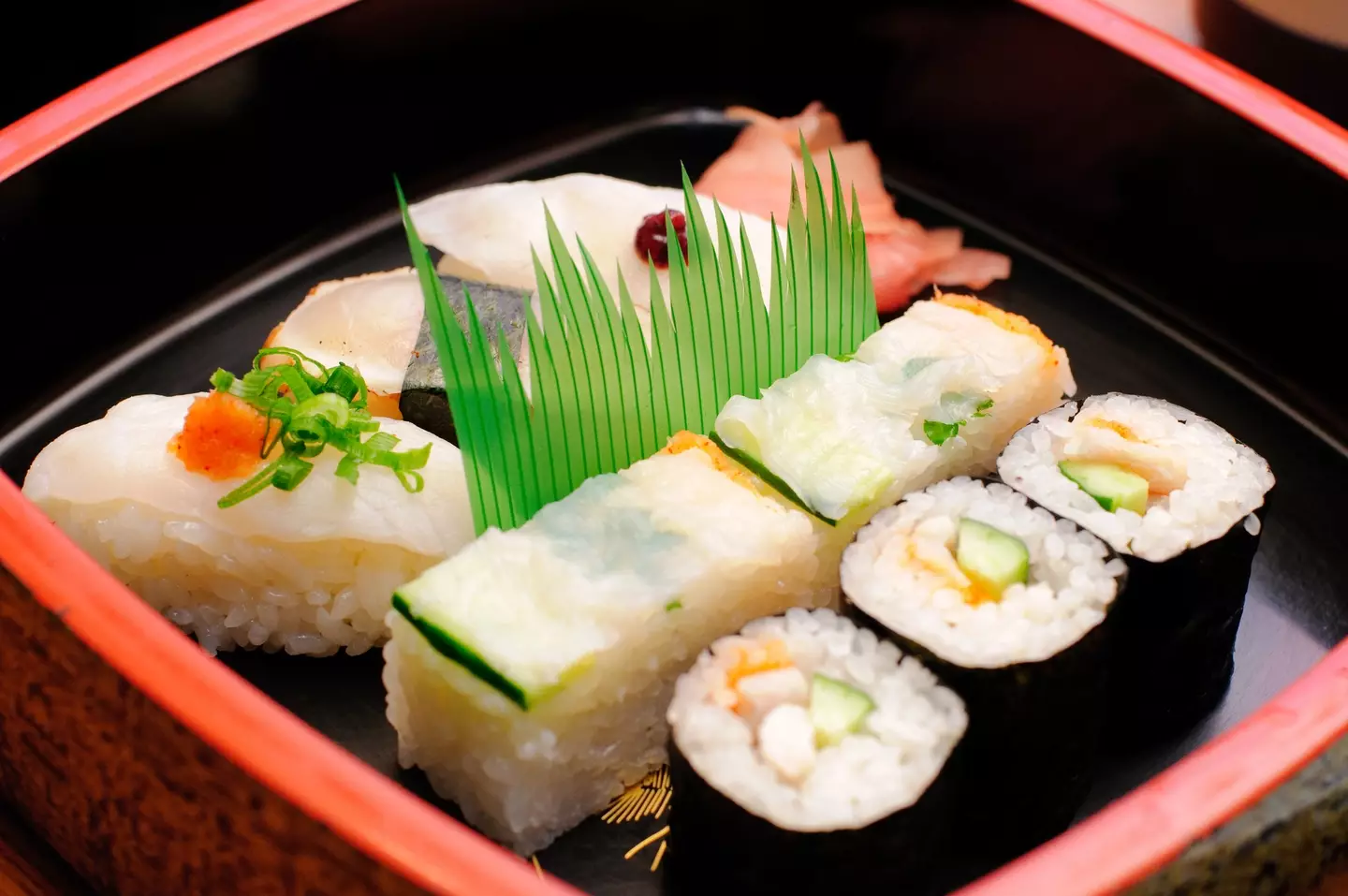
There are some foods out there that, by rights, we shouldn’t be eating at all.
Cassava is one example. The starchy root veg is packed with cyanide when it’s raw, and it needs to be properly peeled, soaked and cooked before it’s eaten.
While cassava can be deadly, proper preparation is relatively straightforward.
Fugu, however, is a different matter. It’s made with pufferfish which contain a poison that’s deadlier than cyanide, and if you want to serve it up you need to hold a particular licence.
Advert
You might remember it being the subject of the 1991 episode of The Simpsons called ‘One Fish, Two Fish, Blowfish, Blue Fish’ in which Homer is led to believe his fugu was prepared incorrectly.

Things work out okay for Homer – if the following 34 seasons of TV didn’t make that obvious – but fugu is no joke.
Pufferfish’s internal organs are loaded with a poison called tetrodotoxin, and there’s no known antidote. It’s 10,000 times more poisonous than cyanide, and its concentrated in the fugu’s liver, ovaries, eyes, and skin.
Advert
The poison blocks sodium channels, paralysing the muscles while the victim remains conscious. It eventually acts upon the respiratory system and causes death by asphyxiation.
It sounds so nasty that you have to wonder why Japanese chefs even tried to figure out how to cook it safely, but they did.
The cooking process involves incredibly skilled work, with the chef having to carefully remove the toxic parts without contaminating the rest of the flesh.
No matter how well-trained they are, it must be stressful watching a plate of fugu go out to a customer.
Advert
In countries where it’s served, its preparation is highly-controlled.
Chefs needs to have three or more years of intense culinary training to become certified, but that hasn’t stopped some at-home chefs from giving it a go with disastrous consequences.
"Japanese chefs must have a licence to prepare blowfish in Japan," said a sushi team member from Nobu in London.
"This is very difficult to get and takes years of training."
Advert

The process involves removing the skin, washing off a ‘jelly’ underneath, and then removing the spine and the eyes.
After that, the fugu needs to be gutted with incredible precision. One false move and the internal organs will leak tetrodotoxin onto the non-toxic flesh.
It goes without saying, but absolutely do not try this at home.
Advert
If you’re interested in seeing why fugu is worth all the effort, there are a few options for eating it. You can have it as raw sashimi, boiled, served with miso soup, or even as fugu sake – a variant on Japan’s national beverage. When it’s fried, it supposedly tastes like chicken.
Considering the effort you need to go to to get some, maybe having it fried isn’t worth the hassle.
Topics: Cooking
